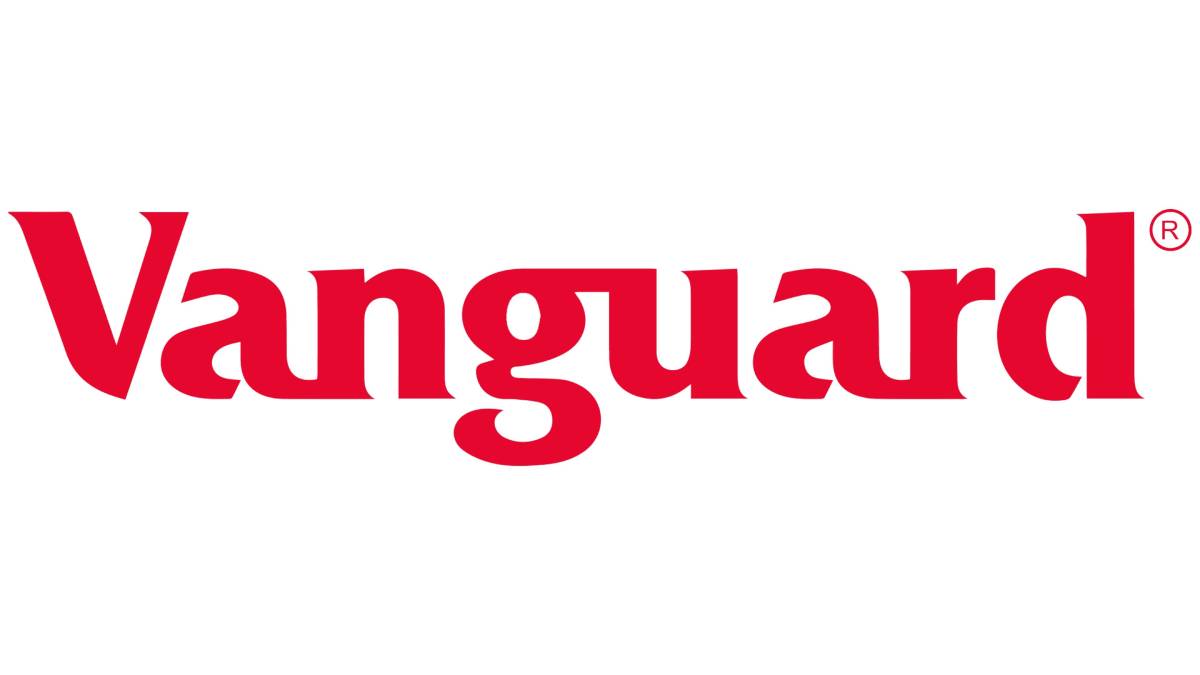
International Index Funds: Opportunities Abroad
Imagine being invited to a grand buffet — dishes from every country, flavours you’ve never tried, and endless variety. Would you stick to just the bread rolls because that’s what you know?
That’s what focusing solely on your home country’s stock market can feel like. You’re missing out on a feast of global opportunities.
Today’s investors have the world at their fingertips. Thanks to international investing and global index funds, accessing foreign markets is easier and more affordable than ever. This guide will show you why venturing beyond your local borders could be the smartest move for your long-term financial growth.
Let’s dive into the opportunities — and a few pitfalls to watch out for.
What Are International Index Funds?
A Simple Definition
An international index fund tracks a collection of stocks from countries outside your home market. Instead of betting on individual companies or guessing which country will do best, you own small pieces of many companies across the globe.
Common Index Examples:
- MSCI World Index: Covers developed markets (like the US, UK, Japan, Germany).
- MSCI Emerging Markets Index: Focuses on faster-growing economies (like China, India, Brazil).
- FTSE All-World ex-UK: Global stocks excluding UK-based companies.
Analogy: Think of it like ordering a global tapas platter — a little bit of everything, reducing the risk of choosing just one wrong dish.
Why Invest Internationally?
1. Diversification
Different economies move differently. When your local market is struggling, others might be booming.
Example: While the UK market was sluggish post-2016 Brexit referendum, US tech stocks soared.
Why it matters: Diversification reduces your overall investment risk.
2. Capture Global Growth
Some of the world’s most exciting economic stories are unfolding outside developed markets.
- Asia-Pacific region’s rapid urbanisation.
- Latin America’s expanding middle class.
- Africa’s technological leapfrogging.
Fact: The IMF expects emerging markets to contribute nearly 60% of global GDP growth over the next decade.
3. Access Leading Global Companies
Many world-leading companies are headquartered outside your home country:

- Nestlé (Switzerland)
- Samsung (South Korea)
- Toyota (Japan)
- Tencent (China)
Without international exposure, you miss out on these giants.
Different Types of Global Index Funds
1. Broad International Funds
Cover developed and emerging markets in one package.
Example: Vanguard FTSE All-World UCITS ETF.
Ideal for: Investors wanting full global exposure with a single fund.
2. Developed Market Funds
Focus on economically advanced countries.
Example: iShares MSCI World ETF.
Ideal for: Investors wanting stability with less emerging market risk.
3. Emerging Market Funds
Target faster-growing but riskier economies.
Example: iShares MSCI Emerging Markets ETF.
Ideal for: Investors seeking higher potential returns, and who can stomach volatility.
4. Regional or Country-Specific Funds
Zoom in on a particular region (like Asia) or country (like India).
Ideal for: Experienced investors making tactical bets.
Pros and Cons of International Investing
Pros & Cons
- Broader diversification
- Currency risk
- Access to faster-growing economies
- Political and regulatory risks
- Exposure to global innovation
- Higher volatility in emerging markets
- Opportunity to boost long-term returns
- Tax complexities in some cases
How to Start Investing Internationally
1. Pick the Right Platform
Look for providers offering a wide selection of global index funds, such as:

- Vanguard
- Fidelity
- Hargreaves Lansdown
- AJ Bell
Tip: Compare fees carefully. Some platforms charge hefty foreign dealing costs.
2. Choose Your Funds Wisely
Factors to consider:
- Geographic focus: Global vs specific regions.
- Emerging market exposure: How much are you comfortable with?
- Fund fees: Look for TER (Total Expense Ratio) under 0.3% if possible.
3. Decide Your Allocation
Common approaches:
- Global Core Portfolio: 70–90% in a global developed markets fund + 10–30% in emerging markets.
- Tilted Portfolio: Increase allocation to regions or sectors you believe will outperform.
Reminder: Core should always be broad and stable. Tilts are optional and for smaller bets.
4. Invest Regularly
Set up monthly contributions through an ISA or pension wrapper to:
- Benefit from pound-cost averaging.
- Reduce the stress of market timing.
- Build wealth steadily over time.
Real-World Examples
Sarah: The Balanced Global Investor
- 70% MSCI World Index Fund
- 20% UK FTSE 100 Fund
- 10% MSCI Emerging Markets Fund
Outcome: Smooth global exposure with slight home country preference.
Liam: The Growth Chaser
- 60% FTSE All-World Fund
- 20% MSCI Emerging Markets Fund
- 20% Asia-Pacific ex-Japan Fund
Outcome: More growth potential, higher volatility tolerance.
Managing Risks in International Investing
1. Understand Currency Fluctuations
When you invest internationally, exchange rates can impact returns.
- If the pound strengthens against the dollar, your US investments might lose value even if they rise in dollars.
Tip: Look for “hedged” versions of funds if you want to limit currency exposure — but remember they cost slightly more.
2. Don’t Overweight Emerging Markets
Tempted by the potential of emerging markets? Keep allocations sensible (often 10–20%).
- They swing harder — both up and down.
3. Stay Long-Term Focused
International investing is a long game. Short-term political crises or currency swings are inevitable.
Stick to your plan. Time smooths volatility.
Common Mistakes to Avoid
- Chasing Past Performance: Don’t pile into the best-performing region of the last five years. Momentum can reverse quickly.
- Neglecting Home Bias Entirely: While international exposure is crucial, your home country still matters for tax treatment and stability.
- Ignoring Fees: High-fee funds can erode global returns significantly over time.
Expand Your Investment World, Expand Your Potential
Limiting your investments to your home country is like reading only one chapter of a rich, fascinating novel.
International index funds make it easy, affordable, and efficient to tap into the growth stories happening across the globe. Whether you’re looking for faster growth, greater diversification, or access to industries booming abroad, global investing offers powerful tools for building long-term wealth.
Ready to explore beyond your borders? Take action today — review your portfolio, explore international fund options, and start planting seeds around the world that could grow into your future financial success.
Was this guide helpful? Leave a comment below, share it with your investing friends, or subscribe for more global investing tips delivered to your inbox!